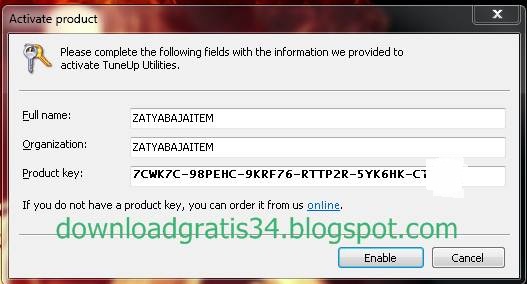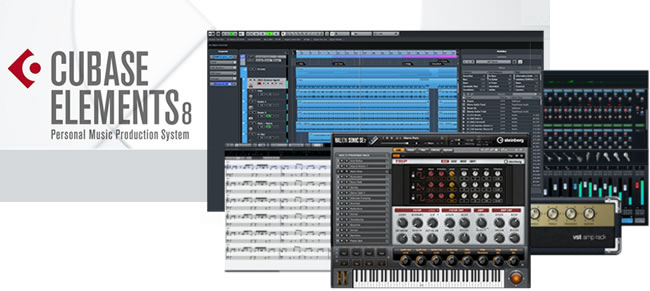

However, a plethora of infections and diseases like flu, cough, cold, malaria, typhoid, dengue, pneumonia is also common during this time of the year. Voxengo’s CurveEQ plug‑in, bundled with Cubase Pro, allows you to compare the EQ spectrum of your mix with that of a reference track.The Monsoon brings a respite from the summer heat.

We explore how Cubase’s multiband tools can help you master your own mixes. In April 2021, I described a simple, single‑band signal chain for DIY mastering in Cubase. The approach followed the principles outlined by Ian Shepherd in his SOS Mastering Essentials video series ( ), and used stock plug‑ins that are available to all users of Cubase 11 Pro, Artist and Elements, as well as a couple of third‑party freebie metering plug‑ins. As mentioned in that article, though, Cubase Pro also boasts an impressive collection of multiband processors - so in this article, I’ll consider the pros and cons of using these powerful tools for our DIY mastering signal chain.

To accompany the article, I’ve prepared a number of audio examples, which you’ll find in the ' Audio Examples' box. In my previous article, I followed Ian’s keep‑it‑simple approach and used a signal chain comprising Cubase’s StudioEQ, Compressor and Limiter plug‑ins. I also placed an instance of Brickwall Limiter at the end of the chain, just to catch any stray peaks, and used freebie VU and loudness meters to monitor the final level of my in‑progress master.įor my multiband signal chain, I substituted StudioEQ for Frequency 2 and Compressor for Multiband Compressor, added instances of Imager (for stereo image adjustments) and Quadrafuzz 2 (for saturation), and kept Limiter and Brickwall Limiter in place. For comparing the spectral content of my master with my reference, I used Voxengo’s CurveEQ, which is bundled with Cubase Pro. SuperVision provided loudness metering alongside Klanghelm’s VU Meter (my favourite third‑party option).


 0 kommentar(er)
0 kommentar(er)
